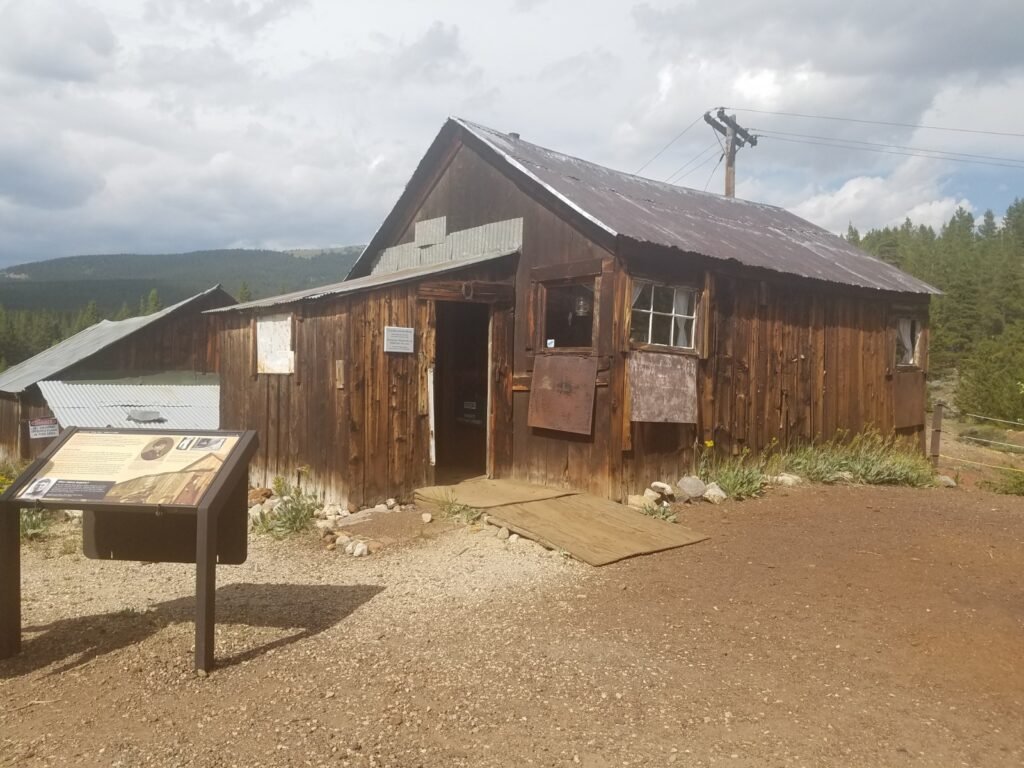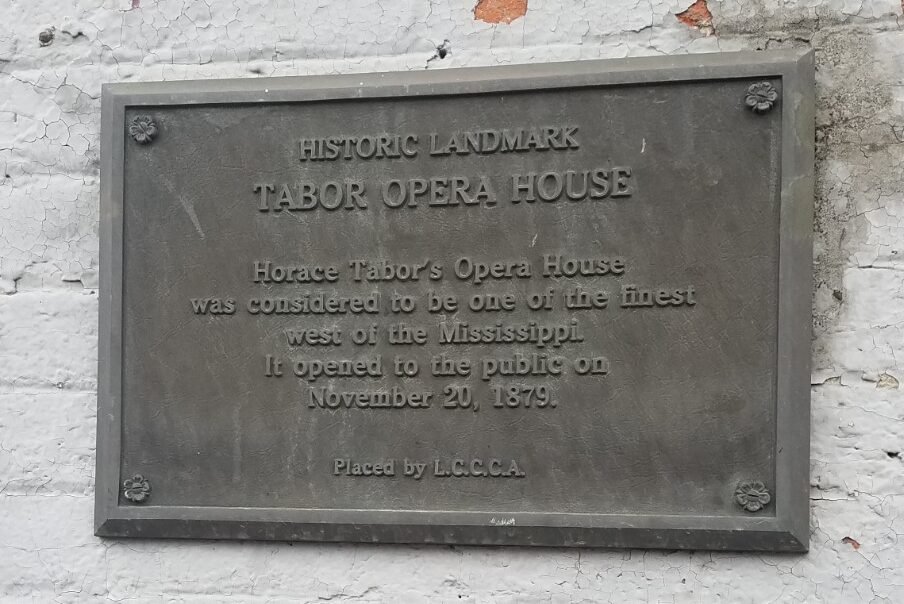
The Ballad Of Baby Doe: Historic Colorado at Its Most Titillating

For the past few years, one of my staple summer activities has been a fabulous opera festival located at Inspiration Point (very near Eureka Springs) in Arkansas. Called Opera In The Ozarks, it brings together both student and professional musicians with some of the best faculty and staff available to put on around three opera shows. Each show gets several performances, and for six weeks, the orchestra and singers all come together to create magic. Though there are numerous magical places to visit in Eureka Springs and the surrounding area, the visit I’m writing about today didn’t take place there, though it was inspired by an opera we put on at Opera In The Ozarks a few summers ago.
An American Opera
20th-century American composer Douglas Moore wrote his opera ‘The Ballad of Baby Doe’ back in 1956, and though he also wrote music for film, ballet, and the theatre, it is this opera that remains his most well-known work. It was premiered at the Central City Opera in Colorado, and it tells the story of one of Leadville’s most famous citizens, Horace Tabor, his first wife Augusta Tabor, and his second wife Elizabeth ‘Baby Doe’ McCourt. Performing the opera taught me much about their lives, and I was thrilled to discover that Leadville, Colorado wasn’t all that far from where I was living! My husband and I took a day trip up to Leadville to visit the town and see the sights that are mentioned in the opera itself.

The City of Leadville, Colorado

Art on the side of a Leadville building
Silver Riches
Horace Tabor is a former US Senator and the 2nd Lieutenant Governor of Colorado. He made his fortune in the silver game, investing in silver mines following the Colorado Silver Boom which began in 1878. Originally moving west with the ‘Fifty-Niners,’ the Tabors first settled in Buckskin Joe and later in Leadville, where they operated post offices and general stores. They briefly returned to Buckskin Joe (from 1863 to 1868), before settling back in Leadville. Horace continued to prospect during this time, while his wife Augusta helped run their general store and the local post office. He was eventually elected mayor in 1878, where he hired Mart Duggan, an Old West gunman who helped control the violent crime rate. On May 3rd of 1878, the ‘Little Pittsburg’ mine that was claimed by prospectors George Hook and August Rische struck silver, becoming the catalyst for the Colorado Silver Boom.

Baby Doe Tabor
Horace Tabor happened to own one-third of the Little Pittsburg mine, and he used his share of the prospects to invest, eventually selling his stake for $1 million dollars. He then bought sole ownership of a very profitable mine known as the ‘Matchless Mine’ for around $117,000 dollars. One million dollars around that time would be worth a staggering amount today, more than $25 million dollars. With his newfound wealth, Horace would build a bank, establish several newspapers, and build the Tabor Opera House in Leadville. He also built the Tabor Block and the Tabor Grand Opera House in Denver. That opera house in Denver was torn down in 1964, proving too costly to maintain, but the Tabor Opera House in Leadville is still standing.

This box was reserved for dignitaries visiting the opera house, and according to our tour guides, Ulysses S. Grant once sat in that middle seat!

This 9-foot grand piano, made of Brazilian rosewood, was purchased for the opera house by Horace Tabor and eventually sold at an estate sale. It remained in the Cannon family for around 100 years, before being donated back to the opera house.

A Scandalous Relationship
Horace and Baby Doe began their relationship in 1880, while he was still married to his wife Augusta. Baby Doe divorced her first husband after he was unable to provide a living for them, apparently wasting his money on drinking, gambling, and visiting brothels. Horace Tabor was nearly twice her age, but he eventually would divorce his first wife Augusta (to whom he had been married for nearly 25 years), marrying Baby Doe in a very public Washington, D.C. wedding at the Willard Hotel while he was serving as a United States Senator. Baby Doe reportedly wore a $7,000 dollar wedding gown and the so-called ‘Isabella’ necklace (worth $90,000) at the ceremony.

Across the street from the opera house is the Silver Dollar Saloon, named for one of the daughters of Horace and Baby Doe Tabor

For a time, Horace and his new wife Baby Doe lived an extremely lavish lifestyle, as he was one of the wealthiest men in Colorado thanks to his silver fortune. However, with the repeal of the Sherman Silver Purchase Act came the so-called ‘Panic of 1893,’ causing bankruptcy for many in heavy silver-producing areas like Colorado. Horace Tabor lost everything, leaving him, Baby Doe and their two daughters (Elizabeth Bonduel Lily and Rosemary Silver Dollar Echo) destitute. He remained a respected public figure, however, and it is said that flags were flown at half-staff and that nearly 10,000 people attended his funeral upon his death in 1899.

Keeping The Matchless Mine
His last request of his wife Baby Doe was that she keep the Matchless Mine, and she did try to keep her word. She lived in a small cabin adjacent to the mine (apparently originally meant as a tool shed) and repeatedly tried to entice new investors, hoping it would make money again. It seems she lived there alone for nearly 35 years, eventually found tragically frozen to death in the winter of 1935. It was a sad ending for this beautiful woman of the Old West, and her rise from rags to riches and back to rags again only fueled her legend.

The cabin where Baby Doe lived until she died


Today the Matchless Mine, the Tabor Opera House, and Baby Doe’s Cabin are still standing, and you can visit them in Leadville, Colorado. It’s definitely worth a trip to see this small piece of Colorado history, and if you ever have a chance to see Douglas Moore’s opera ‘The Ballad of Baby Doe,’ be sure to take advantage! The Tabor Opera House in Leadville is still operational to this day. But it is considered one of Colorado’s Endangered Places, and it needs a good bit of work. The opera house has launched a multi-year $10 million dollar restoration project to repair damages and return the opera house to its former glory, with plans to install a film projection system to facilitate showing movies in the theatre. Donations are still being sought after, so visit their website if you can help!






































